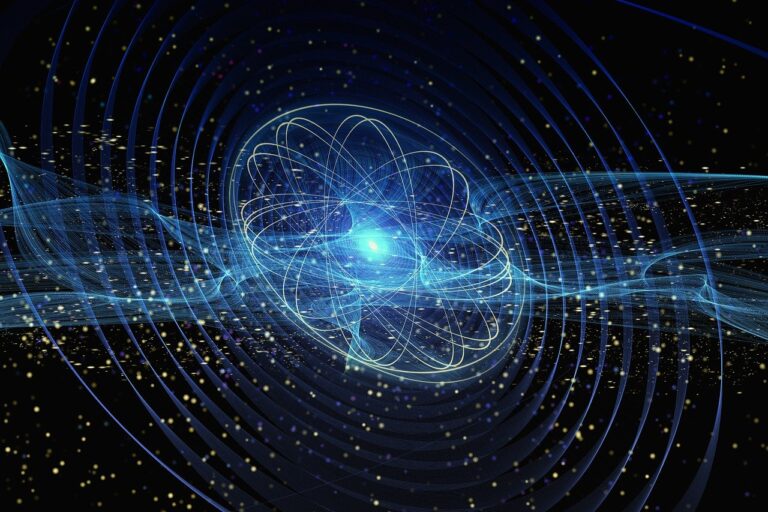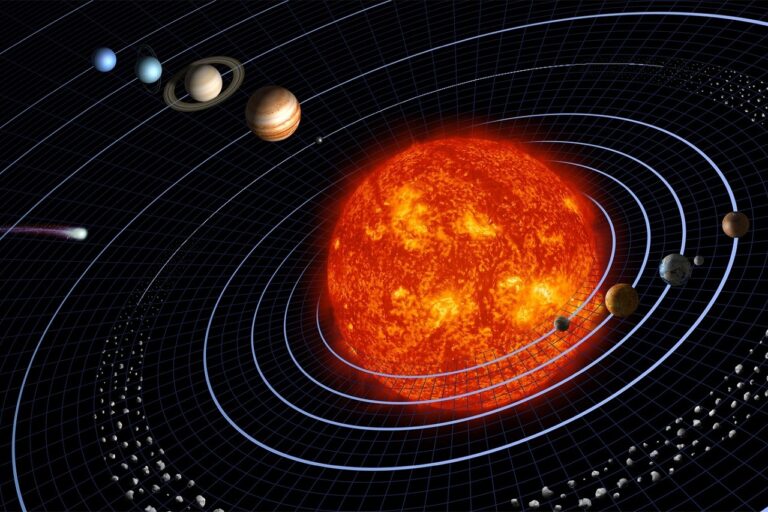Many people probably wonder at what altitude the blue sky ends and space begins. Where is the line that separates the natural atmosphere for life from the lifeless vacuum?
In fact, there is no clear line between space and atmosphere. The higher up you go, the thinner the atmosphere becomes. It’s easy to see, even sitting in the seat of an ordinary civilian airliner and looking up at the sky through the porthole. Even at an altitude of 10 kilometers above the ground, you can see that the sky takes on a bluer and even slightly purpler hue. This is because there are fewer and fewer gas molecules in the atmosphere, which scatter the short-wave light waves that correspond to the blue color.
If you go even higher, up to 20 km above the surface, you can see that the sky overhead has become almost purple. If you try to fly higher and higher in the aircraft, at some point you will notice that its aerodynamics stop working because the atmosphere is too thin. To fly higher, you need to use rocket technology and engines capable of developing the second space speed. This barrier is at an altitude of 100 km above sea level and is named the Karman Line after the scientist Theodore von Karman, who was the first to theoretically determine the height of this boundary in his calculations. Officially in aviation and astronautics it is the altitude of 100 km above sea level that is recognized as the boundary of space.
This is interesting: the first man-made object to cross the Carman Line was the famous German rocket FAU-2, launched in 1944 on German territory.
If we approach the question from a scientific point of view, then it is logical to assume that space begins where the atmosphere is completely replaced by a vacuum and there are almost no gas molecules in space. This occurs approximately at an altitude of 1000 km above sea level.













